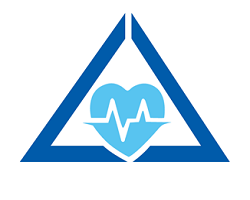Fact 6: Health risk

There is low risk of communicable diseases being transmitted from the refugee and migrant population to the host population in the WHO European Region.
Tuberculosis (TB): It is possible that refugees and migrants arriving from countries with a high prevalence of TB might reflect a similar prevalence. However, the proportion of refugees and migrants among a country’s TB cases varies from more than 90% to less than 1%, reflecting the prevalence in the host country.
HIV: The same is true for HIV. A significant proportion of those refugees and migrants who are HIV positive acquired the infection after they arrived in the Region, and they are more likely to be diagnosed at a later stage of their infection.
Hepatitis: Infections with hepatitis B virus and hepatitis C virus are more common among refugees and migrants arriving from countries with high endemic disease, but the prevalence of these infections among refugee and migrant populations varies across the Member States of the Region.
Tropical and parasitic infections: Tropical and parasitic infections that are not normally seen in Europe may enter the Region via refugees, migrants, and travellers originating from or visiting areas of higher endemicity.
These 10 facts summarize key issues on refugee and migrant health in the WHO European Region.



